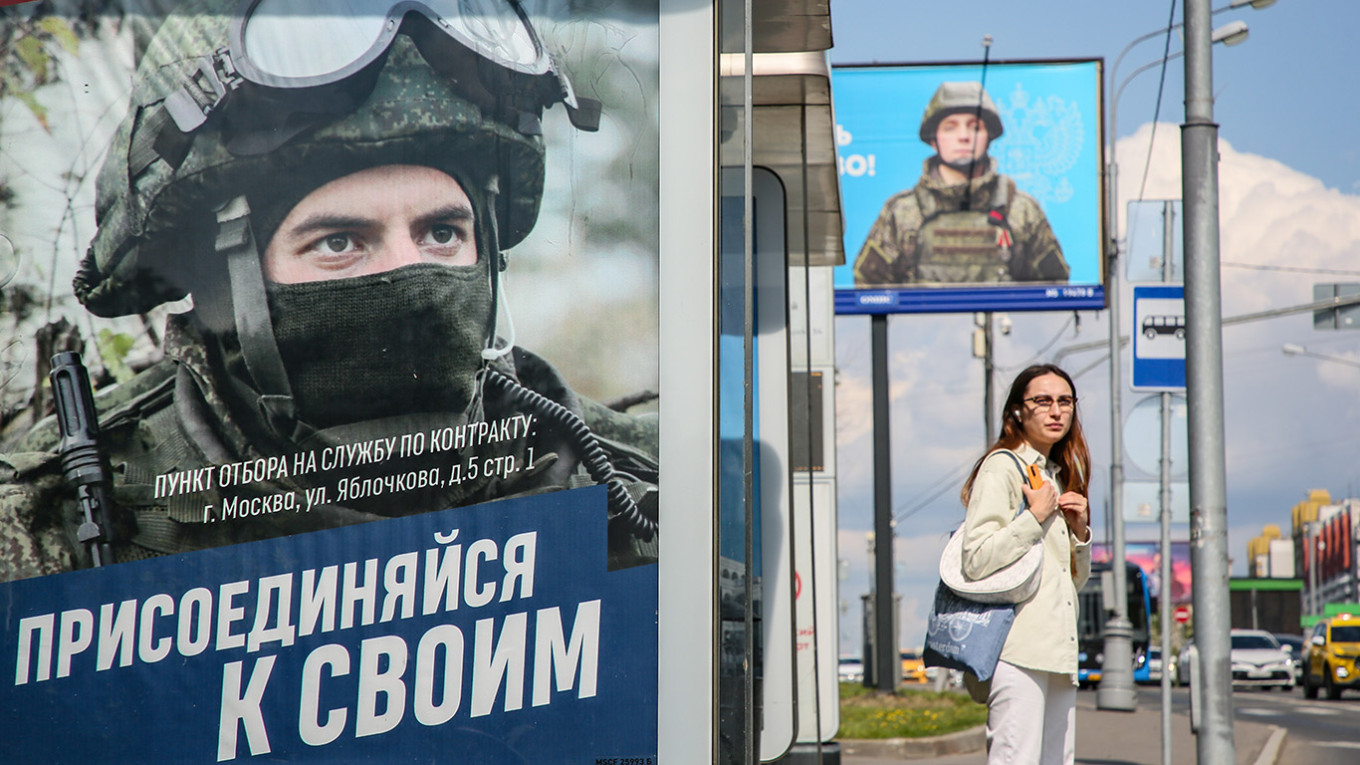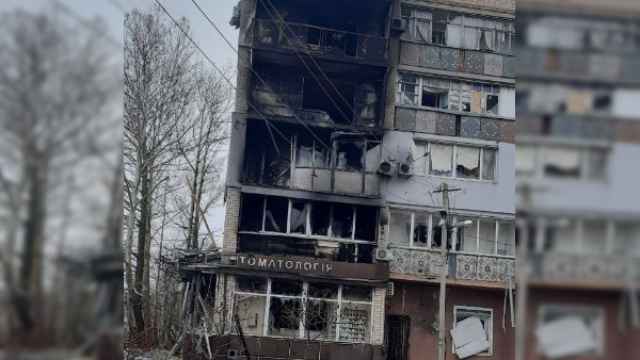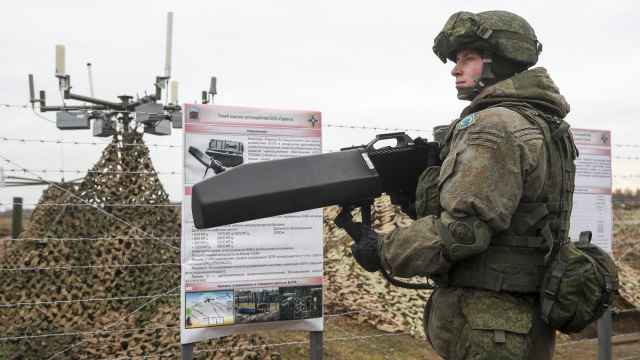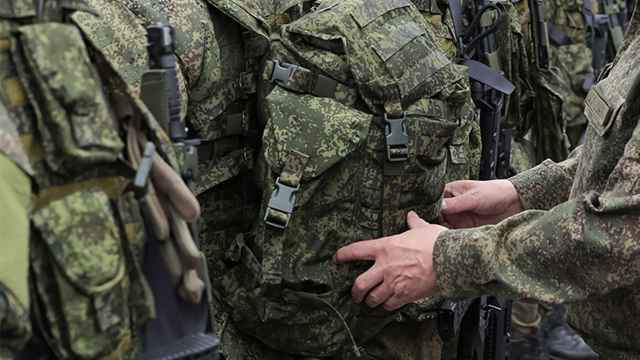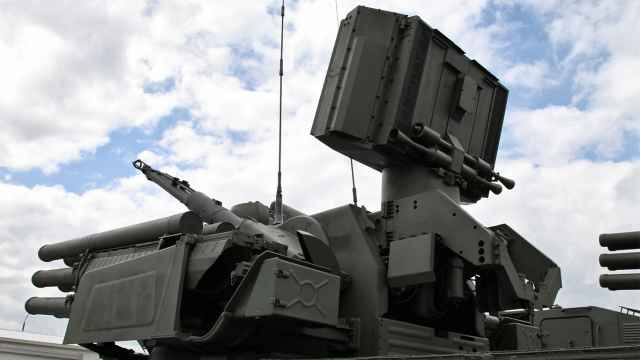Nizhny Novgorod Governor Gleb Nikitin announced last week that his region will hike the one-time payment to volunteers enlisting to fight in Ukraine to 3 million rubles ($30,000).
Along with the Ukraine-bordering Belgorod region, Nizhny Novgorod — which already lost more than 1,300 of its 3 million residents in the war, according to a tally maintained by BBC and Mediazona — now offers the highest bid for army recruits of all Russia’s regions.
“The supply of personnel for the war has become something of a key performance indicator for Russian governors — they can’t afford to fall far behind other regions in the same ‘weight class’ or geographic vicinity,” said scientist Maria Vyushkova, a leading researcher of regional and ethnic disparities in Russia’s war casualties.
Last year, the Free Yakutia Foundation, an anti-war group from Russia’s republic of Sakha, released leaked video recordings of closed-door government meetings proving that the Kremlin allocates each Russian region with a yearly quota for military volunteer recruitment.
The fulfillment of this quota became the sole responsibility of local officials who, in turn, were tasked with reporting on their progress to former president and current senior security official Dmitry Medvedev.
Regional officials employ a wide range of coercive tactics in a bid to fulfill the quota. Yet for most men choosing to aid the Kremlin’s invasion of Ukraine, money is the decisive factor as both one-time enlistment rewards and wages offered by the Defense Ministry far exceed the median salaries in their regions.
“Regional heads are rewarded based on the total number of people they recruit and it doesn’t matter if these people come from their region or a neighboring one,” Vyushkova explained.
“This has created a peculiar competition among regions: each one tries to offer more money to future soldiers knowing that people are also [examining offers] in search of the highest payout,” she added.
Vyushkova noted that regional casualty figures maintained by journalists and volunteers who analyze open-source data may not always correlate with the amount of payments offered by local governments.
“It’s important to understand that if we have a poorer region next to a wealthier one offering high payouts, people from the poorer area will go to sign the contract [in the wealthier region],” Vyushkova told The Moscow Times.
“While I expect the number of casualties among Moscow’s residents might increase eventually, the biggest increase will likely occur in the regions people are traveling from to sign contracts.”
Officials in the republic of Bashkortostan — the leader in the absolute number of war losses with over 3,100 deaths confirmed by volunteers — offer 1.5 million rubles ($15,400) for signing a contract with the Defense Ministry.
Tatarstan, second in the losses ranking with over 2,700 confirmed deaths, offers twice as much as its neighbor and key political and economic rival Bashkortostan.
But the Perm region, which is located close to both republics, offers recruits a considerably lower payment of 800,000 rubles ($8,000) while occupying a top-five spot in the national casualties ranking, meaning its residents could be motivated to travel to sign a contract elsewhere.
In their quest to appease the Kremlin by aiding its war in Ukraine, Tatarstan and Bashkortostan have gone as far as offering rewards to volunteer recruiters whose task it is to find future soldiers and accompany them to the nearest enlistment office to sign a contract.
In Tatarstan, a recruiter could get paid as much as 100,000 rubles ($1,000) for each signed contract they facilitate — a payment nearly three times higher than the median monthly salary in the region.
Though Vyushkova agrees that Bashkortostan and Tatarstan’s standing in military casualties ranking is “related to the commercial recruitment of contract soldiers,” she notes that “both regions also had a significant number of mobilized personnel simply due to their large populations.”
“But it seems that [Bashkortostan and Tatarstan] only started to experience large-scale casualties this past winter,” said Vyushkova, noting that the two republics seemingly swapped places with previous leaders, the Far East republic of Buryatia and the Zabaikalsky region.
Vyushkova believes that this trend is linked to “the geography of Russia’s military districts” as soldiers from each military district are assigned to different areas on the front lines.
Units of the Eastern Military District, to which Buryatia and Zabaikalsky regions are assigned, are stationed on the southern front near the Ukrainian city of Zaporizhzhia, “where there isn’t much activity now.” But soldiers of the Central Military District, including those from Baskhortostan and Tatarstan, have been employed in active combat operations in the eastern Donetsk region of Ukraine, according to Vyushkova.
“This shifted the proportion of casualties,” she noted. “The center of gravity for Russia’s losses seems to be moving westward.”
A Message from The Moscow Times:
Dear readers,
We are facing unprecedented challenges. Russia's Prosecutor General's Office has designated The Moscow Times as an "undesirable" organization, criminalizing our work and putting our staff at risk of prosecution. This follows our earlier unjust labeling as a "foreign agent."
These actions are direct attempts to silence independent journalism in Russia. The authorities claim our work "discredits the decisions of the Russian leadership." We see things differently: we strive to provide accurate, unbiased reporting on Russia.
We, the journalists of The Moscow Times, refuse to be silenced. But to continue our work, we need your help.
Your support, no matter how small, makes a world of difference. If you can, please support us monthly starting from just $2. It's quick to set up, and every contribution makes a significant impact.
By supporting The Moscow Times, you're defending open, independent journalism in the face of repression. Thank you for standing with us.
Remind me later.



